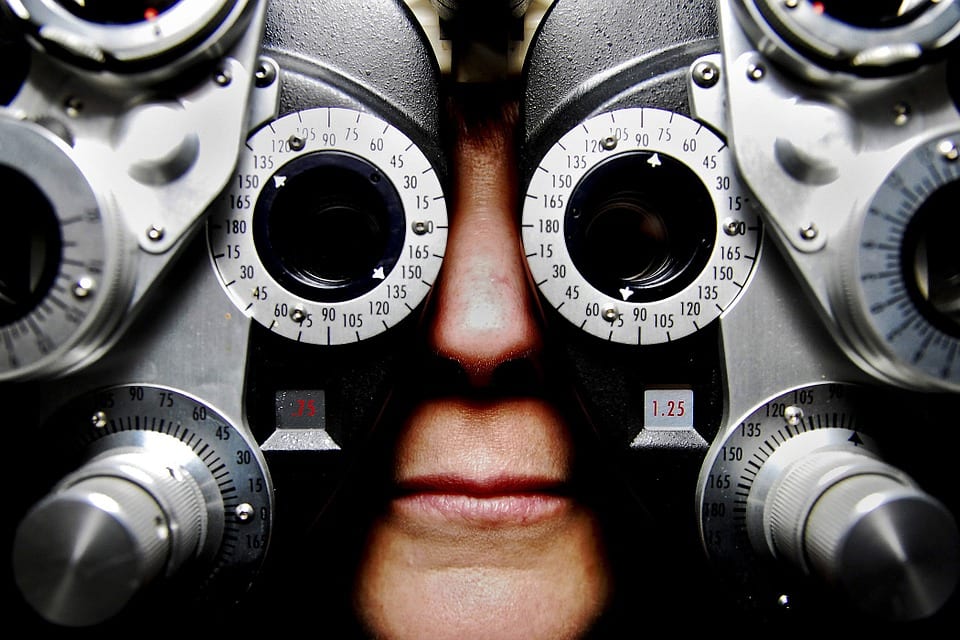If I asked you to name a few of the essential accessories for summertime, I’m willing to bet that somewhere at the top of that list is a pair of sunglasses.
If I were to then ask you to name a few brands of sunglasses, how many could you name? Ray-Ban, Oakley, maybe a few fashion houses like DKNY or Ralph Lauren?
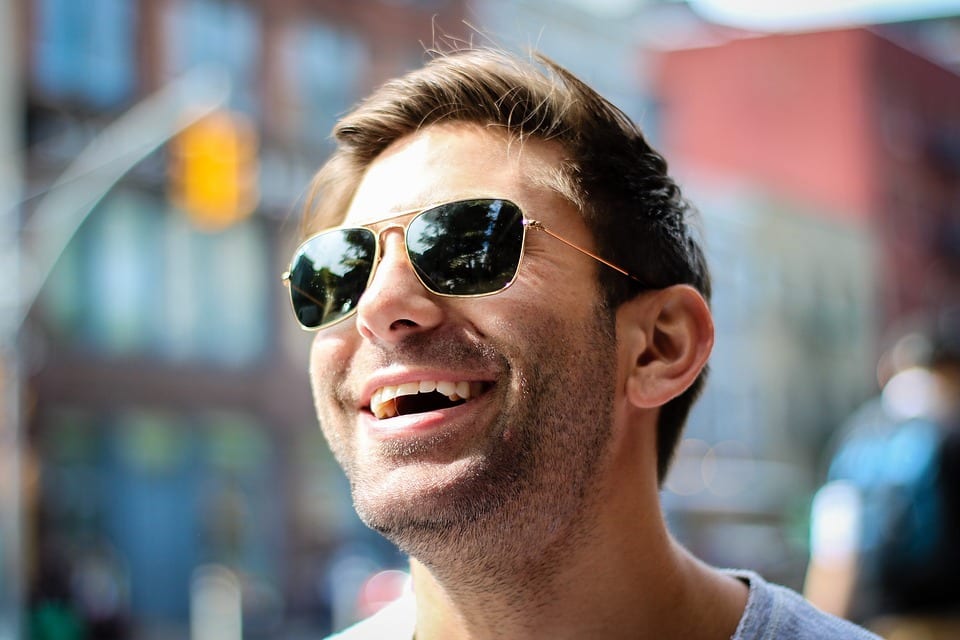
Photo Credit: Pixabay
Ok, that was the easy part.
Now for the tougher question: What do all of those brands have in common, besides being sunglasses?
It’s likely that (much like myself before I started looking into this) you might be stumped by that question.
The answer, however, is surprisingly simple – they are all owned or manufactured by a single company!

Photo Credit: Wikimedia Commons
You’ve probably never heard the name “Luxottica” before, but in an interview with 60 Minutes, the Italian eyewear company’s CEO, Andrea Guerra, estimated that there are probably over half a billion people wearing a pair of glasses that Luxottica was responsible for.
The company’s holdings include just about every major eyewear brand under the sun, and they’re also the official manufacturer for a large number of the brands they don’t own.
Don’t believe me?
Here’s a list of some of their brands/licenses:
- Ray-Ban
- Oakley
- Prada
- Chanel
- Dolce & Gabbana
- Versace
- Burberry
- Ralph Lauren
- Tiffany
- Bulgari
- Vogue
- Persol
- Coach
- DKNY

Photo Credit: Pixabay
Glasses for all of the brands mentioned above are produced at the company’s facilities in Italy, using similar parts and machinery for all of them.
Here, frames for glasses are painted with the Versace logo, or embedded with jewels for Dolce & Gabbana, or stitched with leather to get that signature Chanel or Coach bag look.
Fashion houses such as those mentioned above send in sketches of their collections and work with Luxottica’s own, in-house design team to create next year’s hottest eyewear.

Photo Credit: Pixabay
All that might not seem like too big a deal… until you find out that Luxottica also owns some of the biggest retailers of eyewear – Lenscrafters, Sunglass Hut, Pearle Vision, Oliver Peoples, Target Optical, Sears Optical, and several other notable “boutique” sellers all fall under Luxottica’s rather large umbrella.
By some estimates, Luxottica owns nearly 80% of the market, allowing them to dictate basically any price they want.
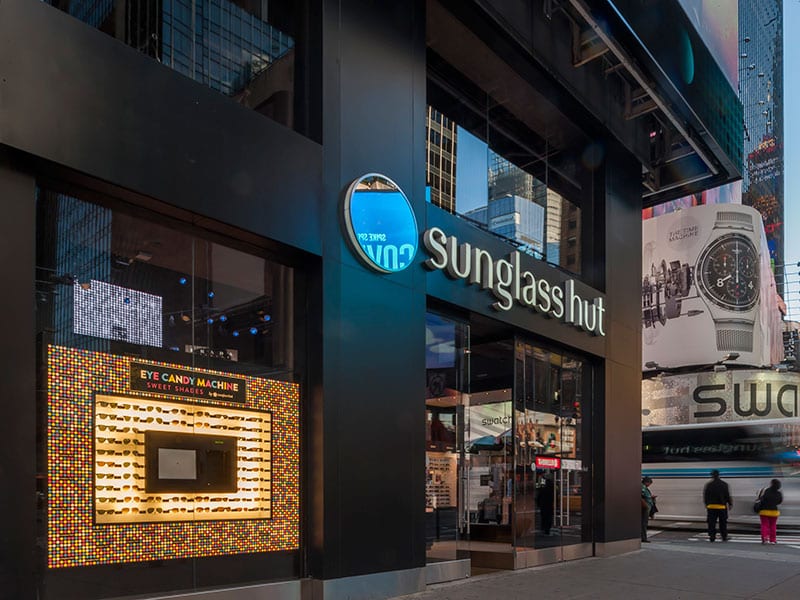
Photo Credit: Wikimedia Commons
The average price for frames with prescription lenses these days can be upwards of $300, but the cost to produce that pair of glasses is closer to $30.
Have you ever wondered why your glasses – essentially some plastic, wiring, a few screws, and some lenses – cost enough to buy an iPad or a new laptop?
In Guerra’s own words, it’s because “everything is worth what people are ready to pay.”

Photo Credit: Wikimedia Commons
For those of you old enough to remember the 1980s and 1990s, you may recall that Ray-Bans (Luxottica’s current best-seller) used to be sold for roughly $30, and could be purchased at virtually any drug store.
Unfortunately, by the end of the ’90s, poor management put the company in a financial bind. That’s when Luxottica stepped in, bought them out, did some retooling to their business practices, and started selling that same pair of Ray-Bans at a premium price (they currently sell for $150+).
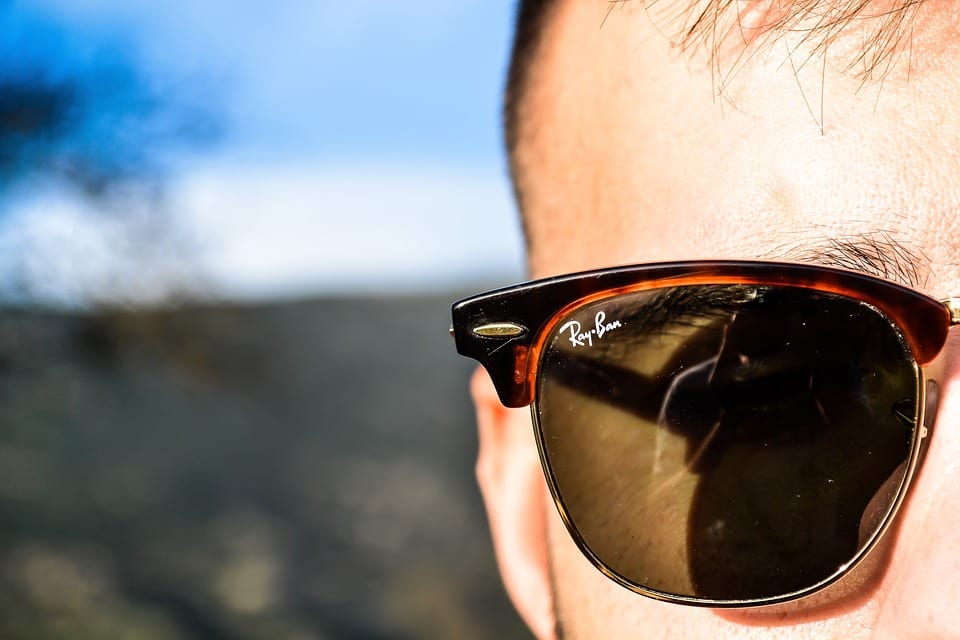
Photo Credit: Pixabay
That still pales in comparison with what they did to Oakley.
When the two companies had a dispute over pricing, Luxottica took Oakley products off the shelves at all their stores (remember, they own Lenscrafters and Sunglass Hut, among many others). This sent Oakley’s stock prices plummeting – at which point Luxottica stepped in and bought them outright.
When questioned about the acquisition of Ray-Ban and Oakley, Guerra preferred to characterize it as a “merger,” adding that, “both of them understood that it was better to go along [….] They understood that life was better together.”
If you’re thinking that Guerra sounds a lot like a mob boss after a shakedown, I don’t blame you.
You’d think that at least insurance companies would take issue with having to deal with a company that has a virtual monopoly on the market, right? Well, Luxottica’s got their hands in that pie too. They own EyeMed Vision Care, the second-largest optical insurance provider nationwide.
If you know what to look for, you’ll find that Luxottica’s reach is virtually inescapable. Even if you are among the small handful of brands or stores that aren’t owned by them, they’re still powerful enough to affect how you do business – if you make sunglasses, you’ll want them sold at Sunglass Hut, and if you own an eyewear store you’d be an idiot not to stock Ray-Bans.
So, what’s a frustrated customer with poor eyesight to do?
Thankfully, there are a handful of competitors out there, such as Walmart and Costco, as well as internet startups like Warby Parker. But if you’re thinking about getting your glasses online, you should be aware that you’ll need your Pupillary Distance measurement – something that many optometrists (who often work at stores owned by Luxottica) are reluctant to give out for free as a way to keep sales in-store.
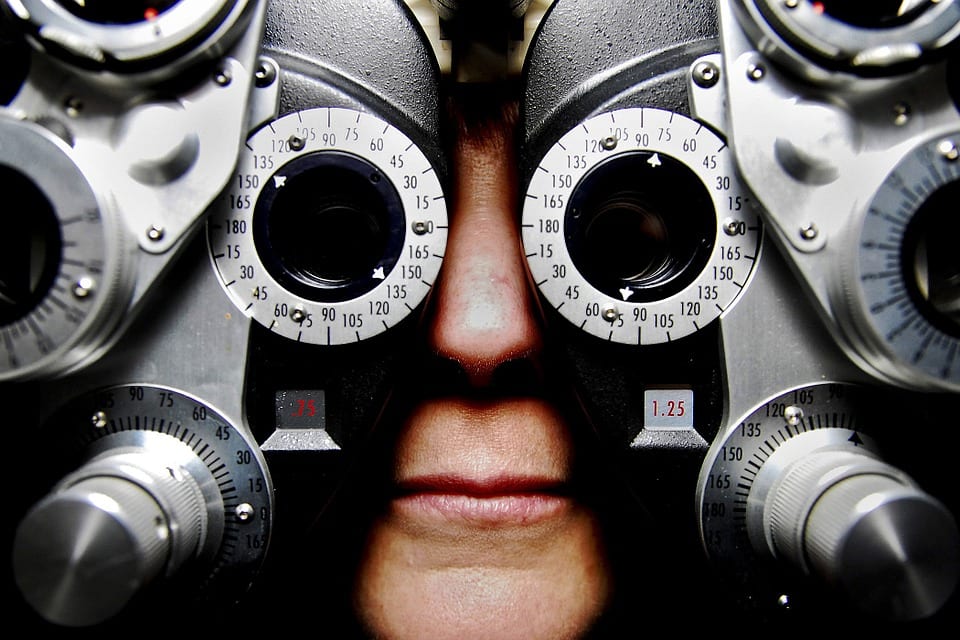
Photo Credit: Pixabay
Ultimately, Luxottica may become a victim of its own success. They’ve grown to the point that it’s becoming harder and harder for them to keep their stranglehold over the eyewear market under wraps. More and more consumers, sick and tired of overpaying, are starting to head over to the multitude of online retailers that have sprung up in the past few years.
Here’s hoping for a future where the idea of getting a new pair of spectacles isn’t synonymous with getting robbed blind.

